High above the landscapes that humans call home, avian travelers embark on remarkable journeys that span continents and cross formidable geographical barriers. Among the most fascinating aspects of bird migration is how certain species navigate using mountain ranges as aerial highways—natural corridors that guide their seasonal movements across vast distances. These elevated landforms, rather than serving as obstacles, become essential navigational aids and ecological resources that facilitate one of nature’s most spectacular phenomena. The relationship between migratory birds and mountain ranges reveals the intricate ways wildlife adapts to and utilizes Earth’s topography, demonstrating evolutionary brilliance in the face of geographical challenges.
The Natural Architecture of Aerial Highways
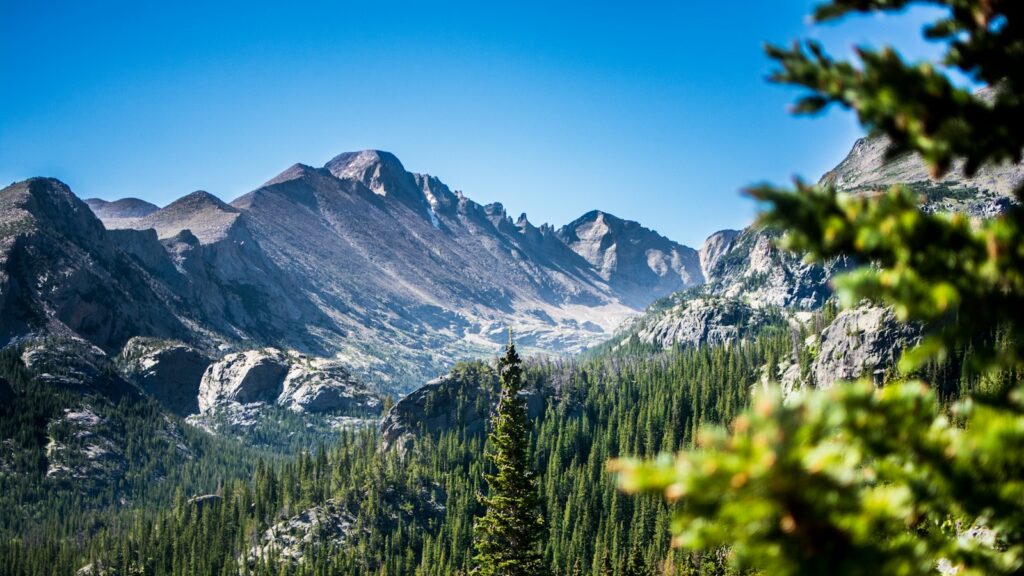
Mountain ranges create distinctive physical features that birds can recognize and follow during migration, serving as visual landmarks visible from great distances. These elevated landforms often run along north-south axes, perfectly aligning with the predominant migration patterns of many bird species moving between summer breeding grounds and winter territories. Notable examples include the Rocky Mountains in North America, the Andes in South America, and the Himalayas in Asia, all of which channel bird movements along their lengthy spans. The linear nature of these geological formations creates natural pathways through otherwise complex landscapes, allowing birds to maintain directional consistency during their long-distance travels.
Riding the Thermal Elevators
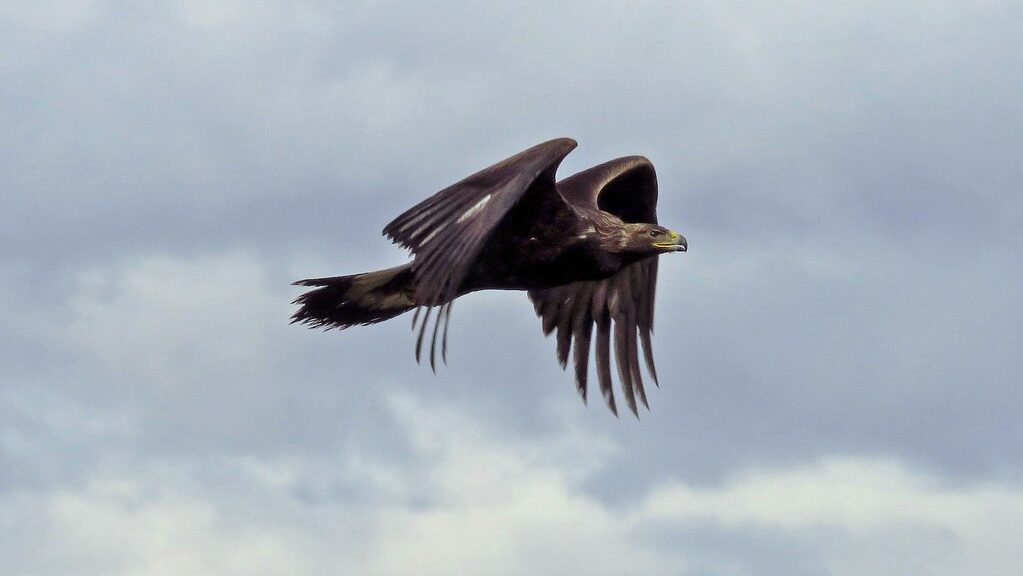
One of the primary reasons birds exploit mountain ranges during migration is the presence of thermal updrafts and orographic lift—the rising air created when wind encounters elevated terrain. As the sun warms mountain slopes, it heats the adjacent air, creating columns of rising warm air called thermals that birds can ride to gain altitude with minimal energy expenditure. Raptors like golden eagles and broad-winged hawks are particularly adept at exploiting these thermal highways, sometimes gliding for hours without a single wing flap. This energy-efficient travel method allows migratory birds to conserve precious fat reserves needed for their extraordinary journeys, sometimes saving up to 70% of the energy that would be required for powered flight across the same distance.
The Wind Advantage: Mountain Passes as Funnels

Mountain passes create natural funnels that concentrate bird traffic, channeling migrants through specific corridors where favorable wind conditions often prevail. These geographical bottlenecks compress migratory routes, creating spectacular concentrations of birds that birders and researchers alike seek out during migration seasons. Famous mountain passes like the Khyber Pass between Afghanistan and Pakistan or Rogers Pass in Montana become aerial highways crowded with avian travelers during peak migration periods. Wind patterns in these areas are often predictable and can provide tailwinds that significantly increase flight speeds and reduce energy costs for birds navigating these natural gateways.
Ecological Pit Stops Along the Journey

Mountain ranges don’t merely provide navigational benefits—they also offer critical resources for birds during their arduous journeys. The varied elevation gradients create diverse habitats containing different food sources that become available at different times, essentially providing sequential “pit stops” for refueling migrants. Alpine meadows may offer abundant insect populations, while mountain forests provide fruits and seeds for granivorous species. Mid-elevation wetlands and mountain lakes serve as crucial stopover habitats for waterbirds and shorebirds traversing otherwise arid regions. These ecological resources along mountain corridors allow birds to replenish energy reserves in predictable locations year after year.
Weather Shelters and Microclimates
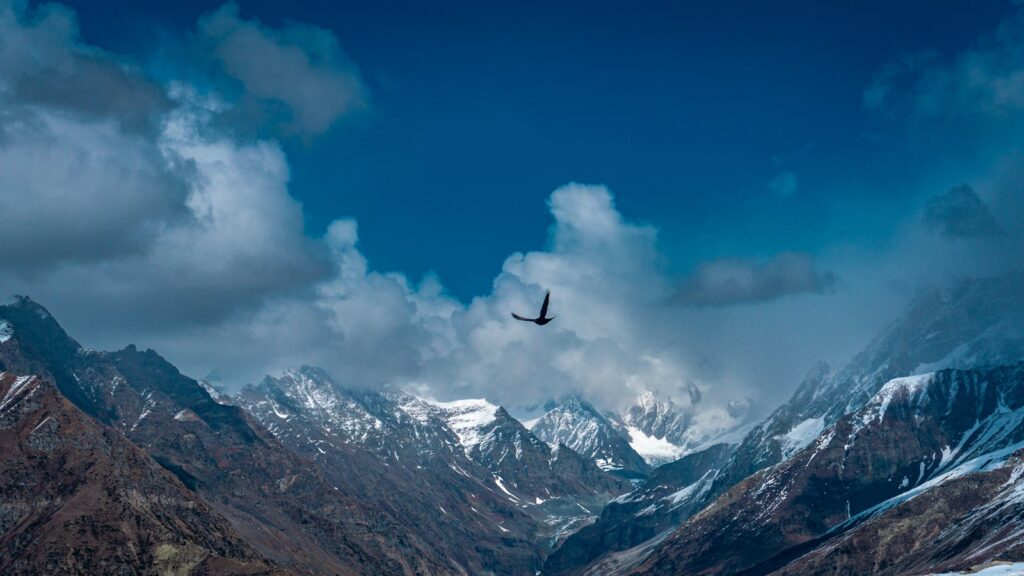
Mountain ranges create complex weather patterns and microclimates that savvy avian travelers can exploit to their advantage during migration. The leeward sides of mountains often provide shelter from harsh winds and precipitation, offering protected flight paths during inclement weather. Valley systems within mountain ranges can provide refuge when high-altitude conditions deteriorate, allowing birds to descend to more favorable microclimates without deviating significantly from their intended route. Some species have even been documented using mountain ranges to avoid large weather systems by flying around them rather than through them, demonstrating sophisticated decision-making that minimizes exposure to dangerous conditions.
Evolutionary Adaptations for Mountain Migration
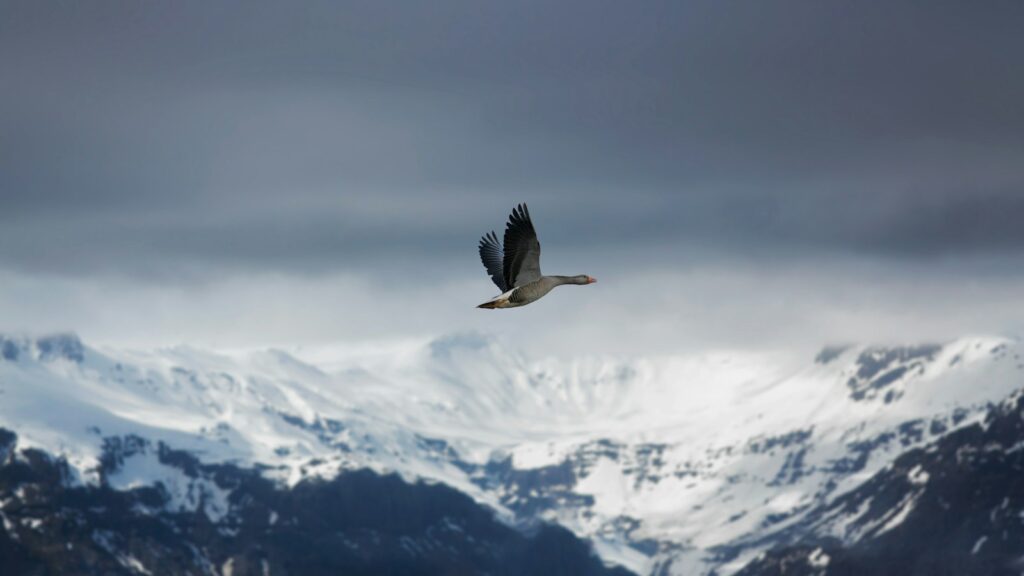
Birds that regularly utilize mountain ranges as migratory corridors often display specific evolutionary adaptations that enhance their ability to navigate these challenging landscapes. Many mountain-migrating species have higher hemoglobin concentrations in their blood, allowing them to extract oxygen more efficiently at higher altitudes where the air is thinner. Wing morphology in these birds frequently shows adaptations for both powered flight and soaring, giving them versatility in different mountain conditions. Neurological adaptations include enhanced spatial memory capabilities for recalling complex topographical features and the ability to sense subtle changes in barometric pressure that indicate approaching mountain systems.
Famous Mountain Migration Routes Worldwide
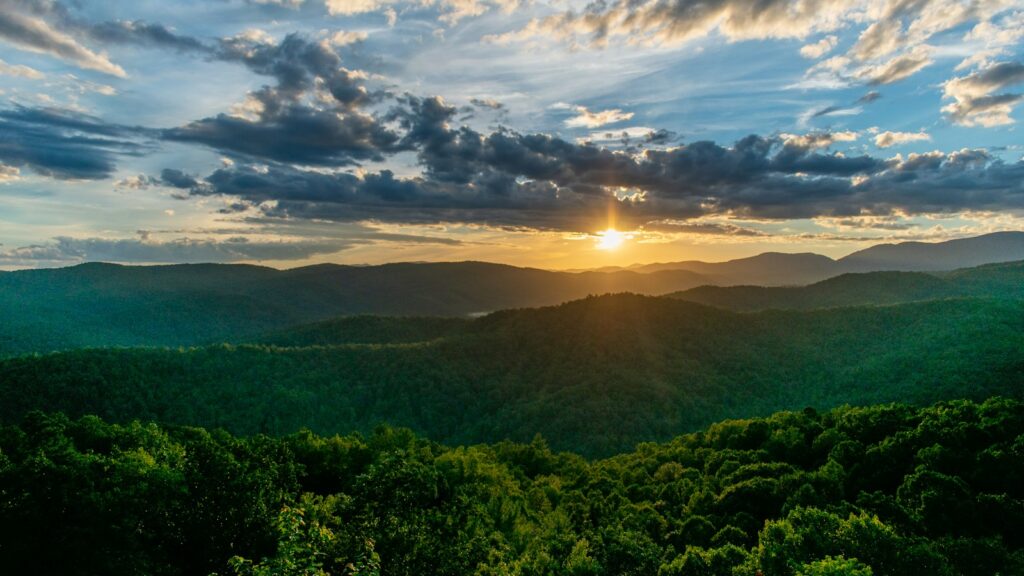
Certain mountain ranges have become legendary for the spectacular bird migrations they channel each year, drawing bird enthusiasts and researchers from around the world. The Appalachian Mountains in eastern North America funnel millions of songbirds and raptors along what’s known as the Atlantic Flyway, with famous hawk-watching sites like Hawk Mountain in Pennsylvania recording tens of thousands of passing raptors each autumn. In Europe, the Pyrenees between France and Spain create a natural boundary that concentrates birds moving between Europe and Africa, with passes like Col d’Organbidexka becoming internationally recognized migration hotspots. The Tian Shan mountain range in Central Asia guides countless waterbirds and raptors between breeding grounds in Siberia and wintering areas in South Asia, creating one of the most important yet least studied mountain migration corridors on Earth.
Navigational Tools: How Birds Find Their Mountain Highways
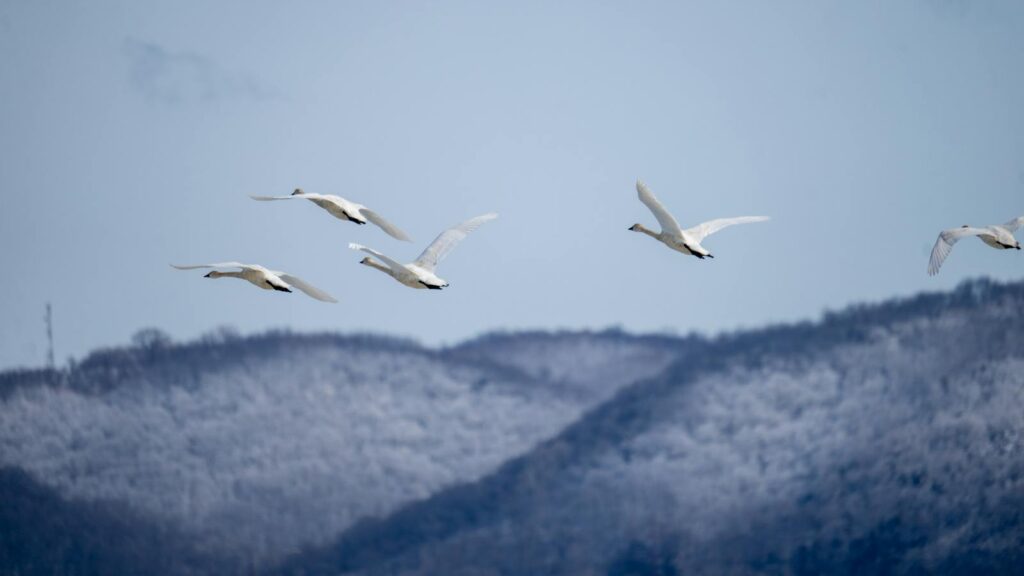
The ability of birds to locate and follow mountain ranges during migration involves sophisticated navigational mechanisms that science is still working to fully understand. Many species use a combination of celestial navigation (using the sun and stars), magnetoreception (detecting Earth’s magnetic field), visual landmarks, and possibly even olfactory cues to orient themselves toward distant mountain corridors. Research suggests that young birds on their first migration may follow experienced adults who have successfully navigated mountain routes in previous years, creating a cultural transmission of route knowledge. Some species appear to have genetic programming that predisposes them to follow certain mountain ranges, with this information encoded in their DNA and refined through experience.
Climate Change Impacts on Mountain Migration Routes
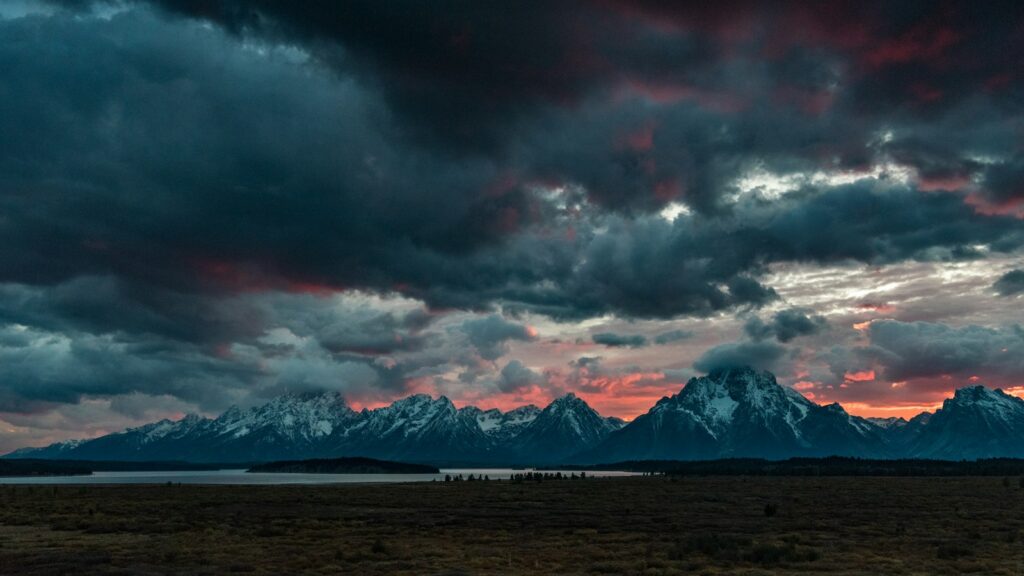
Climate change is already altering the delicate relationship between migratory birds and their mountain highways in complex and concerning ways. Rising temperatures are shifting the timing of food availability in mountain ecosystems, sometimes creating mismatches between when birds arrive and when critical resources are available. Changing precipitation patterns affect water availability at crucial stopover sites, potentially eliminating important refueling locations along established routes. More extreme weather events increase the hazards birds face while navigating mountain corridors, with sudden storms or unusual wind patterns disrupting traditional movement patterns. These changes force birds to adapt their migratory behaviors, sometimes abandoning historical mountain routes in favor of new pathways with unpredictable consequences for their survival.
Conservation Challenges for Mountain Corridors
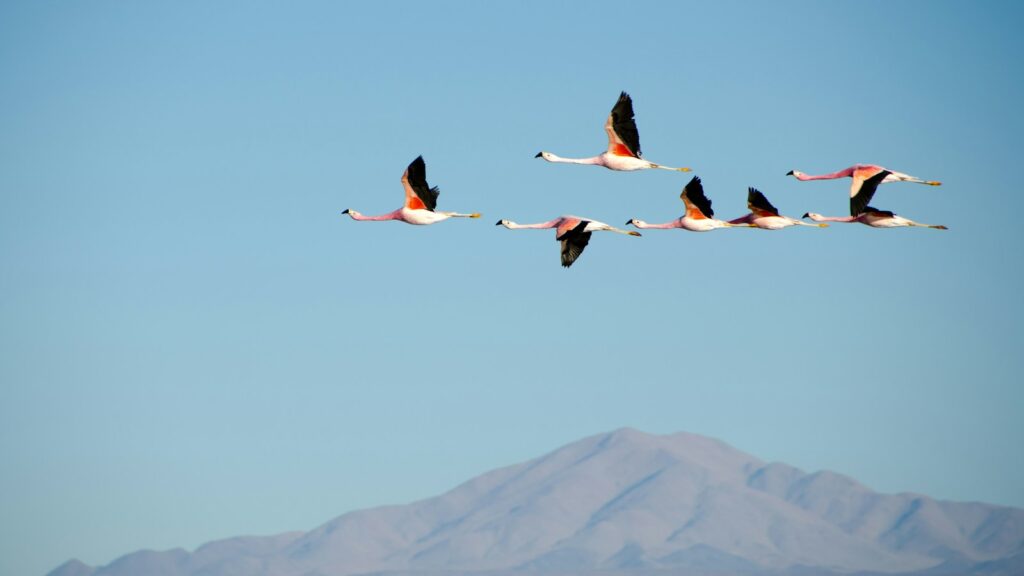
Protecting the integrity of mountain migration routes presents unique conservation challenges that span international boundaries and diverse ecosystems. Wind energy development along mountain ridges, while beneficial for reducing carbon emissions, can create hazardous obstacles for birds that traditionally use these elevated pathways. Deforestation and habitat fragmentation in mountain regions eliminate crucial stopover habitat, forcing birds to travel longer distances without refueling opportunities. Light pollution from growing human settlements in mountain valleys can disorient night-migrating species that rely on celestial navigation. Addressing these threats requires transboundary cooperation and landscape-scale conservation planning that recognizes mountains not just as static geological features but as dynamic migration corridors essential for bird conservation.
Research Techniques: Tracking Birds Through Mountains

Modern technology has revolutionized our understanding of how birds utilize mountain ranges during migration, revealing previously unknown patterns and behaviors. Miniature GPS transmitters weighing less than a gram can now be attached to even small songbirds, providing precise tracking data as they navigate mountain corridors. Radar ornithology uses weather surveillance radar systems to detect and quantify massive bird movements through mountain passes, even during nighttime migration when visual observation is impossible. Stable isotope analysis of feathers collected from birds captured at mountain monitoring stations can reveal their geographical origins, helping scientists connect specific breeding populations with their preferred mountain migration routes. These research techniques are uncovering the astonishing complexity of mountain migration strategies that remained hidden from human understanding until recent decades.
The Future of Bird Migration Along Mountain Highways
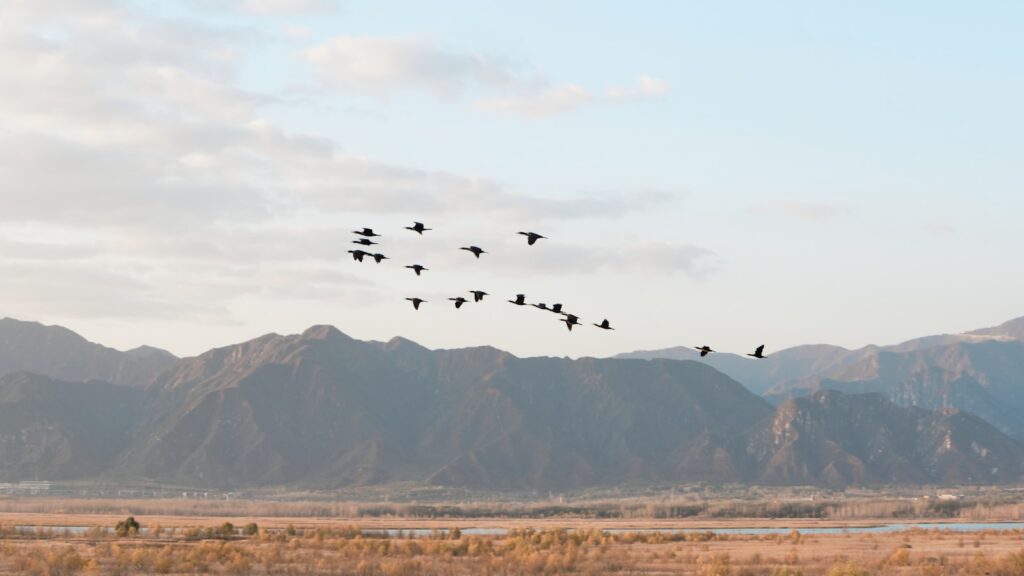
As human development and climate change continue to transform Earth’s landscapes, the future relationship between birds and their mountain highways faces significant uncertainty. Some species show remarkable behavioral plasticity, adapting their routes to accommodate changing conditions, while others remain tightly bound to traditional pathways regardless of alterations to the landscape. Conservation efforts increasingly focus on identifying and protecting the most critical mountain corridors that serve as migratory bottlenecks for multiple species. Technological innovations like predictive modeling help scientists anticipate how bird migration patterns might shift in response to different climate scenarios, informing proactive conservation planning. Despite these challenges, the ancient partnership between birds and mountains persists, testament to the resilience of natural systems and the evolutionary ingenuity of migratory birds.
Conclusion: The Enduring Aerial Partnership

The relationship between migratory birds and mountain ranges represents one of nature’s most elegant solutions to the challenges of long-distance movement across diverse landscapes. Far from being obstacles, mountains have become essential infrastructure in the aerial world of migratory birds—providing navigational guidance, energy-saving atmospheric phenomena, critical resources, and weather protection during their extraordinary journeys. As we continue to unravel the mysteries of bird migration, the mountains stand as silent witnesses to millions of years of evolutionary adaptation, seasonal rhythms, and the remarkable determination of birds to complete their cyclical journeys against all odds. In understanding how and why birds use these elevated highways, we gain deeper appreciation for the interconnectedness of Earth’s geophysical features and the wildlife that has evolved to utilize them in such sophisticated ways.
